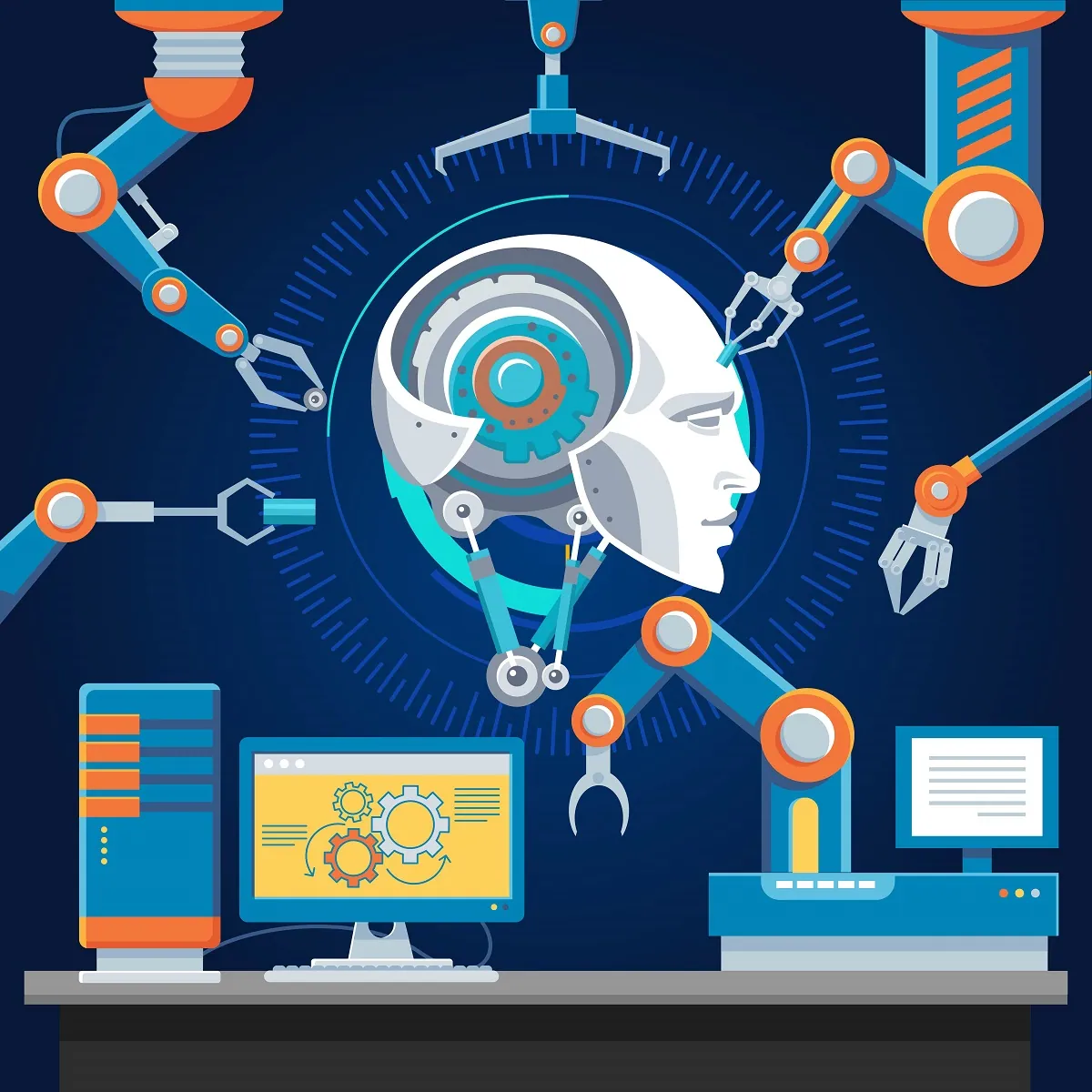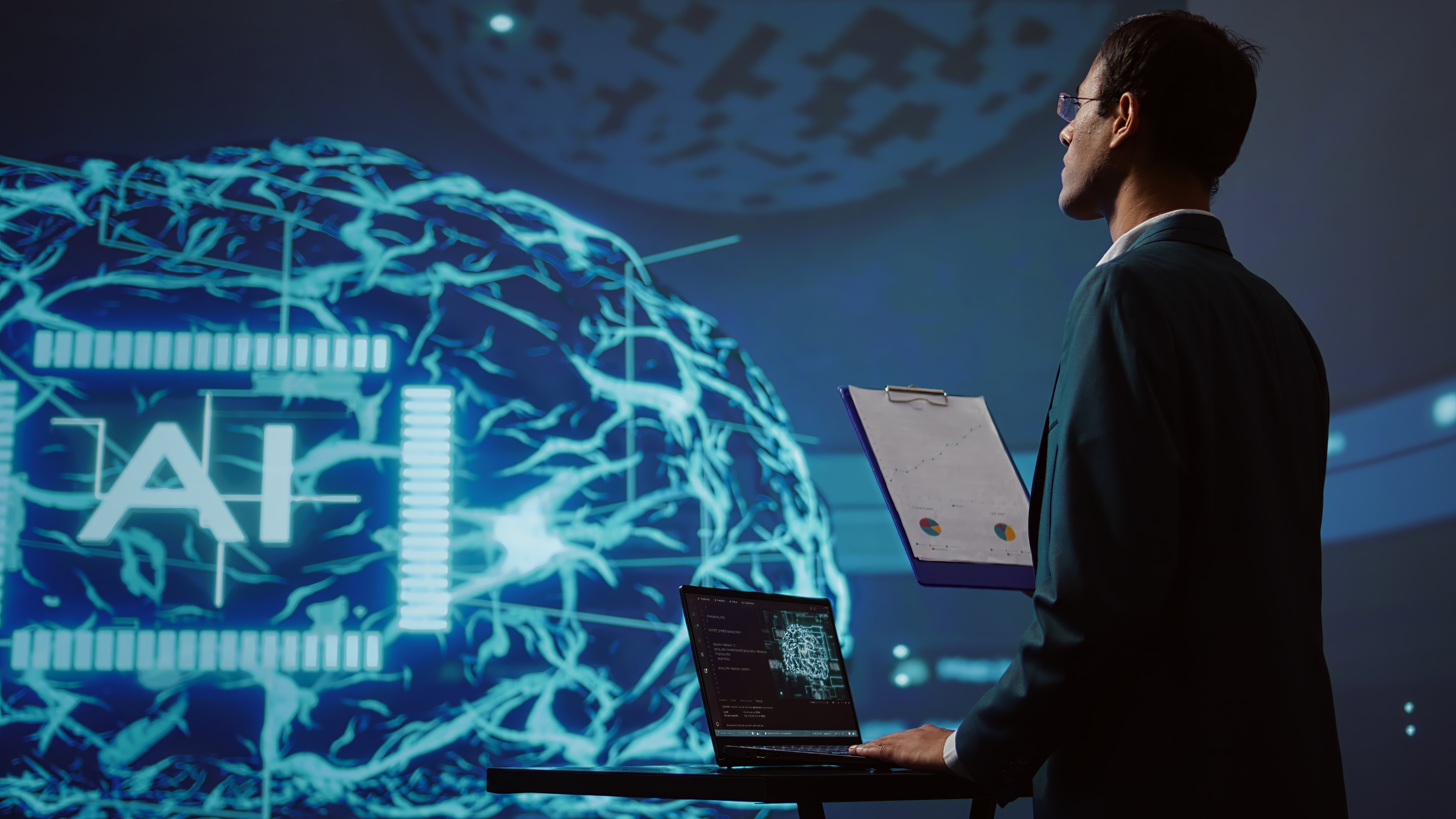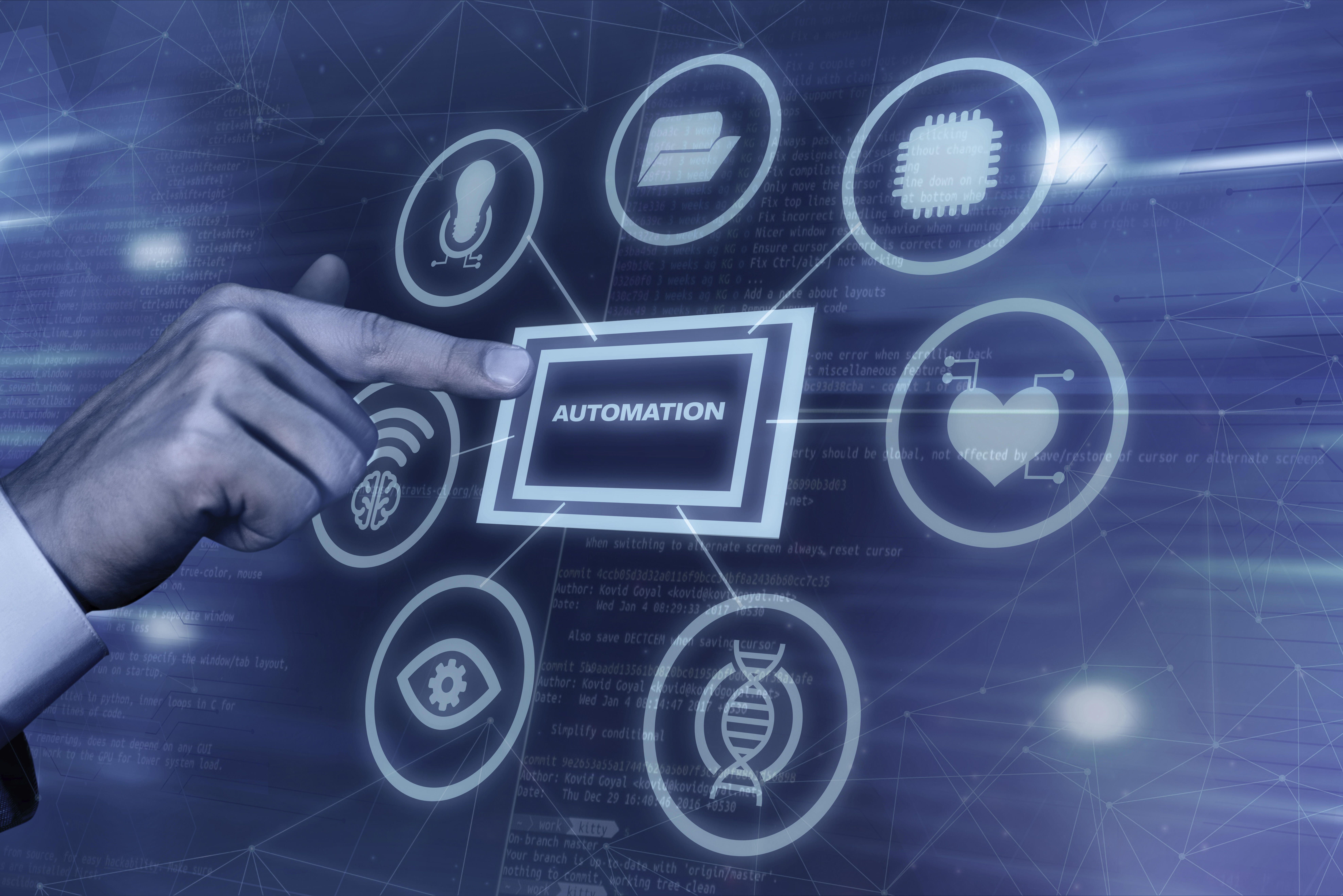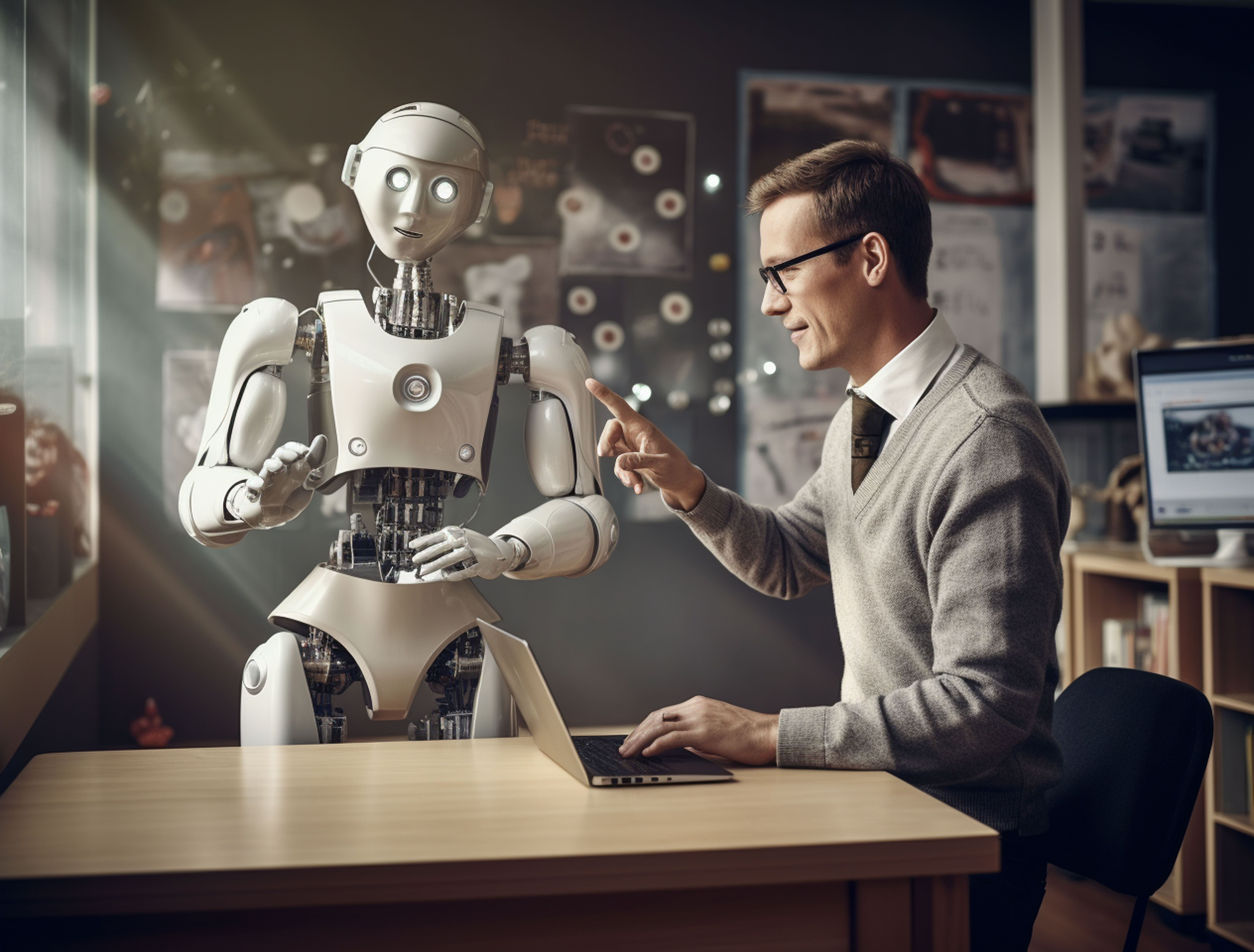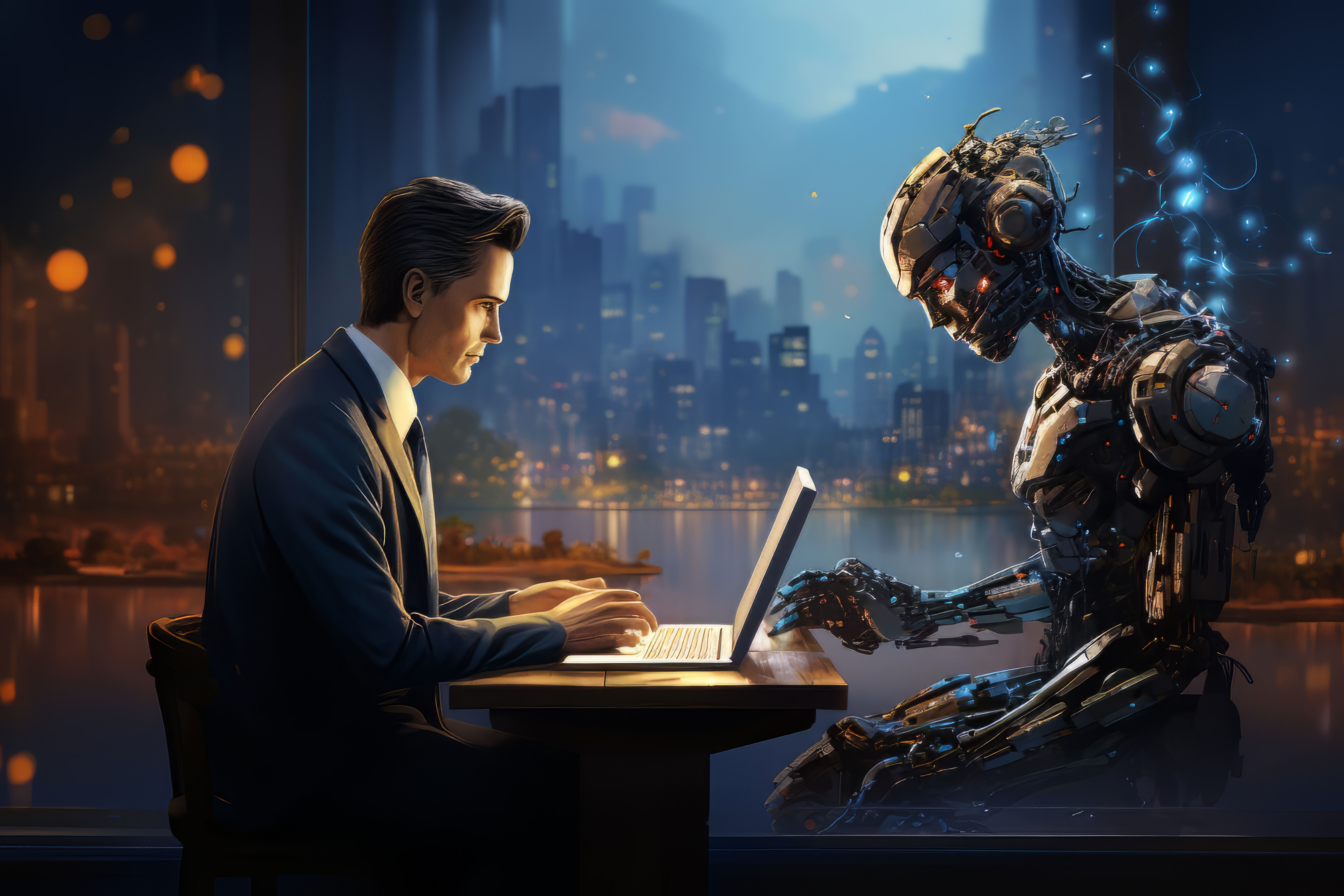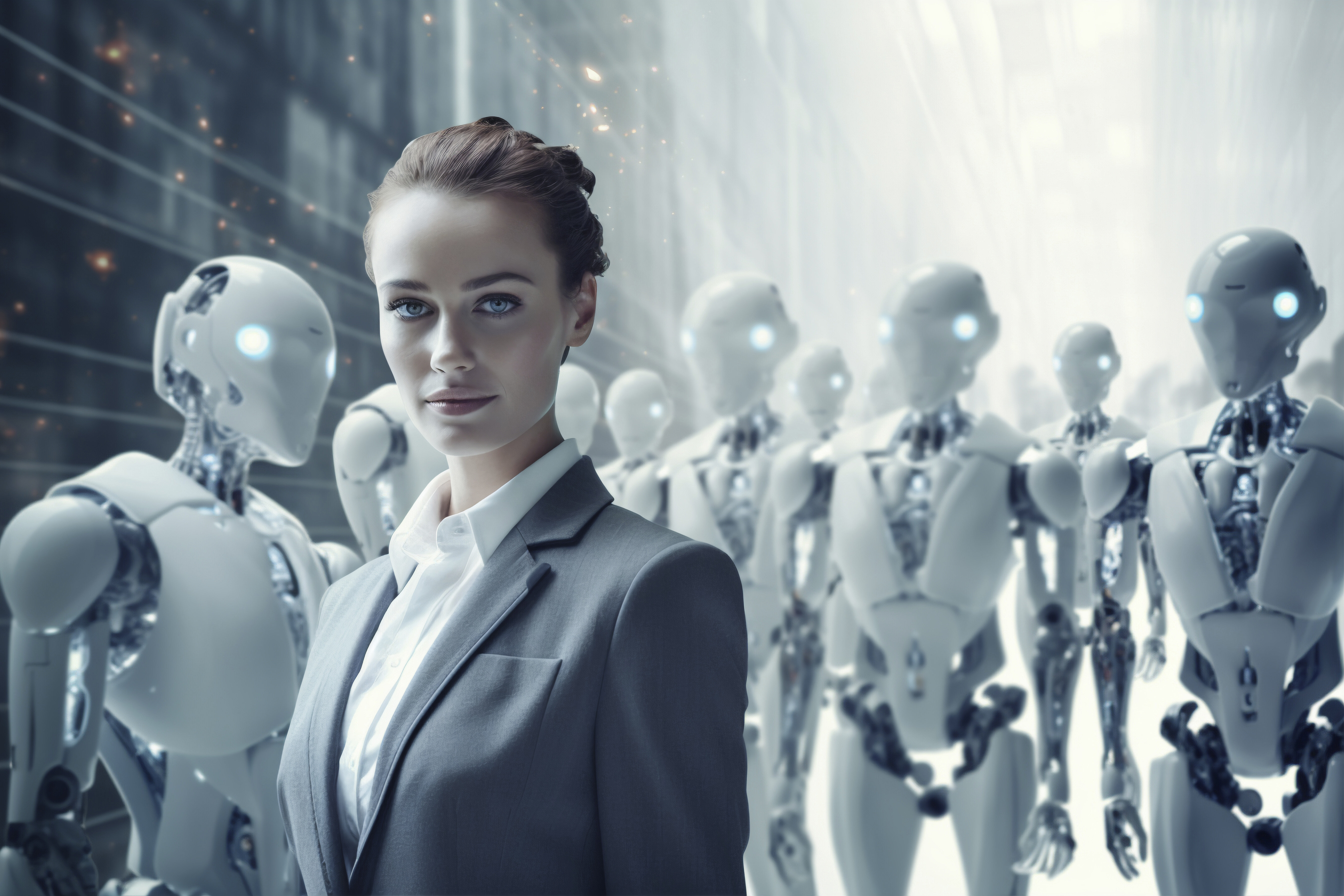How Does Artificial Intelligence Work? The Technology Behind Smart Machines
What is Artificial Intelligence?
Artificial Intelligence, or AI, is a branch of computer science focused on creating machines that can perform tasks that typically require human intelligence. These tasks include recognizing speech, understanding language, making decisions, solving problems, and even learning from experience. AI systems are designed to mimic how humans think, learn, and adapt over time, making them capable of functioning independently in many situations.
At its core, AI is powered by algorithms step-by-step instructions or rules that help machines process data and reach conclusions. The smarter the algorithm and the more data it receives, the better the AI becomes at making decisions.
Why Does Understanding AI Matter Today?
AI is no longer a futuristic concept it’s a part of our everyday lives. From virtual assistants like Siri and Alexa to personalized movie recommendations on Netflix, AI plays a key role in shaping our experiences. It’s also transforming industries such as healthcare, finance, education, and transportation by improving efficiency, accuracy, and decision-making. For students, professionals, and curious minds alike, learning about AI opens up opportunities to better understand the digital world we live in. It also empowers people to use technology more responsibly and creatively. If you’ve ever wondered how AI works, this guide is for you. We’ll break down complex ideas into simple steps, using real-world examples to help you grasp the essential technologies behind smart machines.
Whether you’re a beginner or just looking to refresh your knowledge, this guide will help you build a
How Does AI Work?
Defining AI in Simple Terms
Artificial Intelligence is a way of making computers think and act like humans. It doesn’t mean robots with emotions or machines taking over the world. Instead, it’s about programming systems to learn from data, recognize patterns, and make decisions with minimal human help. AI is like teaching a machine to “think” by feeding it enough information so it can figure things out on its own.
Examples of AI in Daily Life
You probably use AI every day without even realizing it. When you type a message and your phone suggests the next word that’s AI. When Netflix recommends a movie you might like, or Google Maps suggests the fastest route home, that’s also AI at work. Even spam filters in your email, facial recognition on your phone, and voice assistants like Alexa or Siri rely on artificial intelligence.
These everyday tools are powered by smart algorithms that help machines understand and respond to human behaviour.
Key Components of AI
To truly understand how AI works, it's important to look at the key elements that make it possible:
- Data: AI systems need large amounts of data to learn. The more data they process, the more accurate they become.
- Algorithms: These are the step-by-step instructions that guide machines to make sense of the data and act on it.
- Computing Power: Advanced hardware and cloud computing allows machines to analyse huge datasets quickly and efficiently.
When these components come together, they enable machines to learn from experience and improve their performance over time just like humans do.
How Does Artificial Intelligence Work?
Machine Learning: The Brain behind AI
Machine Learning (ML) is a key part of artificial intelligence. It allows machines to learn from data and improve over time without being explicitly programmed for every task. There are three main types:
- Supervised Learning: The AI is trained using labelled data. For example, if you show a model hundreds of cat photos labelled “cat,” it will learn to recognize cats in new images.
- Unsupervised Learning: Here, the AI finds patterns in data without any labels. It might group similar items together based on common features.
- Reinforcement Learning: In this type, AI learns by trial and error. It receives rewards for good decisions and penalties for bad ones like teaching dog new tricks with treats.
Deep Learning: Mimicking the Human Brain
Deep Learning is a specialized type of machine learning that uses neural networks inspired by the human brain. These networks have layers of artificial “neurons” that process data in steps. This is how AI can recognize faces in photos, understand speech, or play complex games like chess.
Natural Language Processing (NLP)
NLP helps machines understand, interpret, and generate human language. It powers applications like chatbots, translation tools, and virtual assistants. Thanks to NLP, computers can read text, hear speech, and even respond in a way that sounds natural.
Computer Vision and Speech Recognition
Computer Vision enables machines to “see” and understand visual information, while Speech Recognition allows them to hear and transcribe spoken words. These technologies are used in everything from facial recognition systems to voice-activated devices.
How Does AI Solve Problems?
AI follows a step-by-step process to solve problems and make decisions. Let’s break down each stage in a way that’s simple to understand.
Collecting and Preparing Data
Every AI system begins with data. Data is like fuel it powers the system and helps it learn. This data could be anything from images and emails to voice recordings and financial records. But raw data isn’t always clean or usable. It must be organized, labelled, and formatted correctly so the AI can understand and learn from it.
Choosing or Building a Model
Once the data is ready, the next step is to choose or create an AI model. A model is like a set of rules or a blueprint that the system will use to make sense of the data. Different tasks need different models—for example, recognizing faces needs a different model than translating languages.
Training the AI System
Training is where the real learning happens. The AI is shown large amounts of data and taught to find patterns or make predictions. This is similar to how we learn by example. The more examples the AI sees, the better it becomes at making decisions on its own.
Testing and Validation
Before going live, the AI system must be tested. This step checks how well the AI performs using new data it hasn’t seen before. If it makes too many mistakes, adjustments are made to improve its accuracy.
Deployment and Real-World Use
Finally, the AI is put to work in the real world—whether it’s powering a chatbot, driving a car, or detecting fraud. If you’ve ever asked, how artificial intelligence works, this five-step process shows how it turns raw data into smart solutions.
How Does AI Work in Real Life?
AI isn’t just a concept found in labs or tech companies it’s everywhere around us. From the apps on your phone to the systems running in hospitals and banks, artificial intelligence is solving real-world problems every day.
AI in Healthcare, Education, Finance, and Transportation
In healthcare, AI helps doctors detect diseases early. For example, AI systems can analyse medical scans like X-rays or MRIs and flag anything unusual, often faster and more accurately than humans. It’s also used to develop new drugs and provide virtual health assistants. In education, AI powers personalized learning platforms. These platforms adjust lessons to match each student’s pace and learning style. AI chatbots can also help students by answering questions or giving instant feedback.
In finance, AI is used to detect fraud, predict stock market trends, and automate customer service. AI can scan thousands of transactions in seconds and catch suspicious activity that a human might miss. In transportation, self-driving cars are one of the most advanced applications. These vehicles use AI to process road conditions, traffic patterns, and even pedestrian movement to drive safely without human input. AI also helps optimize routes and reduce delivery times in logistics.
Smart Assistants and Recommendation Systems
Smart assistants like Siri, Alexa, and Google Assistant use AI to understand your voice and respond with helpful information. They can set reminders, play music, or even control smart devices in your home.
Recommendation systems, like those on Netflix, Amazon, or YouTube, study your behaviour and suggest content or products you might like. They show exactly how AI works to make daily life more convenient and personalized.
How Does AI Work Behind Technologies Like Chatbots and Image Recognition?
AI is powering many of the tools we use daily, from talking to customer service bots to watching personalized movie recommendations. Here’s a look at how AI works behind the scenes in these smart technologies.
Natural Language Processing (NLP) in Chatbots
Chatbots are a great example of how AI helps machines understand and respond to human language. This is made possible by Natural Language Processing (NLP). NLP allows chatbots to interpret what a user is saying, figure out the intent, and respond in a human-like way. Whether you're asking for your bank balance or ordering food, NLP helps the bot provide relevant, real-time answers.
Computer Vision in Image and Video Analysis
Computer Vision is the technology that allows AI to “see” and understand images and videos. It's used in facial recognition, medical imaging, and even in self-driving cars. AI models are trained on thousands (or millions) of labelled images so they can recognize patterns like shapes, colours, and textures. For example, an AI might learn to detect a tumour in an X-ray or identify animals in wildlife footage.
Recommendation Systems (e.g., Netflix, Amazon)
When you see movie or product suggestions that feel like they were made just for you that’s AI at work. These systems analyse your past behaviour, such as what you’ve watched or purchased, and compare it with data from other users. Using this, AI predicts what you might like next. This is a great example of how does AI work to make user experiences more personalized and efficient.
How Does Artificial Intelligence Work in Robotics?
Make decisions thanks to artificial intelligence. Here’s how AI is transforming the field of robotics.
AI in Industrial Robots vs. Service Robots
Industrial robots are commonly found in manufacturing settings. Robots are no longer just machines that follow simple instructions they can now learn, adapt, and they perform repetitive tasks like welding, painting, and assembling with high speed and precision. These robots often follow pre-programmed instructions but are becoming smarter with AI that helps them adapt to changes in their environment.
Service robots, on the other hand, interact with people. They’re used in hospitals, homes, hotels, and public spaces. AI helps these robots understand speech, recognize faces, and respond to human emotions, making them useful in areas like customer service and elder care.
Sensors, Motion, and Machine Learning in Robots
To move and interact with their environment, robots use sensors like cameras, GPS, and infrared. These sensors feed data into the robot’s AI system. With machine learning, the robot can interpret this data and decide how to move or react. For example, a robot vacuum can learn to avoid stairs or furniture through trial and error.
Use Cases: Warehouse Automation, Delivery Bots, Companion Robots
In warehouses, AI-powered robots move goods efficiently by learning optimal paths. Delivery bots use AI to navigate sidewalks and avoid obstacles. Companion robots provide company and assistance to elderly individuals, using AI to understand emotions and offer appropriate support.
This is one of the most fascinating ways to explore how artificial intelligence work by watching it comes to life in the real world through robots that think, learn, and move.
What are the Limitations and Challenges of AI?
While AI has brought incredible advances to our world, it’s important to recognize that it also comes with real challenges. Understanding these limitations helps us use AI more responsibly and effectively.
Bias in AI
AI systems learn from data but if that data reflects human bias, the AI can learn and repeat those same biases. For example, if a hiring algorithm is trained on data where past hires were mostly men, it might unfairly favour male candidates in the future. This kind of bias can lead to unfair treatment in areas like hiring, lending, and law enforcement. It’s essential to use diverse and balanced data and test AI systems to prevent discrimination.
Data Privacy Concerns
AI relies on huge amounts of personal data to learn and make decisions. This raises important questions about privacy. Who owns the data? How is it stored and shared? If personal information is misused or falls into the wrong hands, it could lead to identity theft, surveillance, or data breaches. That's why strong data protection policies are critical in the age of AI.
The Black Box Problem
Many AI systems, especially those using deep learning, are extremely complex. Even experts often don’t fully understand how these systems make decisions. This is known as the “black box” problem. It can be risky, especially in areas like healthcare or criminal justice, where understanding a decision is just as important as the decision itself.
What is the Future of Artificial Intelligence?
AI continues to evolve rapidly, reshaping how we work, learn, and live. As the technology advances, it's important to look ahead and understand what the future might hold.
AI and Job Automation
One of the biggest discussions around AI is its impact on jobs. AI is already automating routine tasks in industries like manufacturing, customer service, and even accounting. This doesn’t always mean replacing people, though. In many cases, AI is used to assist workers, making their jobs easier and more efficient.
For example, AI can handle repetitive tasks like data entry, allowing employees to focus on creative or strategic work. However, there’s no denying that some roles may disappear as automation increases. That’s why learning new skills, especially those that involve working with AI, is more important than ever.
Trends: Generative AI, Explainable AI, and More
Generative AI is one of the most exciting areas of innovation. These systems can create new content like images, music, or even full articles based on simple prompts. Tools like ChatGPT and DALL·E are great examples of generative AI in action.
Explainable AI (XAI) is another growing trend. It focuses on making AI decisions more transparent and understandable. Instead of just getting a result from an AI system, users can see why and how that decision was made. This builds trust and helps ensure AI is used ethically and responsibly. As we look to the future, it’s not just about how does AI work, but how it will shape the world around us. Staying informed and adaptable is the key to thriving in the age of intelligent machines.
Conclusion
In this guide, we explored the fundamental principles of how does AI work, from data collection to training and deployment. AI learns from vast amounts of data and uses algorithms to make decisions, solve problems, and assist in various tasks across industries. Understanding how does artificial intelligence work today is essential for navigating tomorrow’s world. As AI transforms industries, learning about it opens up new career opportunities and helps you stay ahead in an increasingly digital world.

